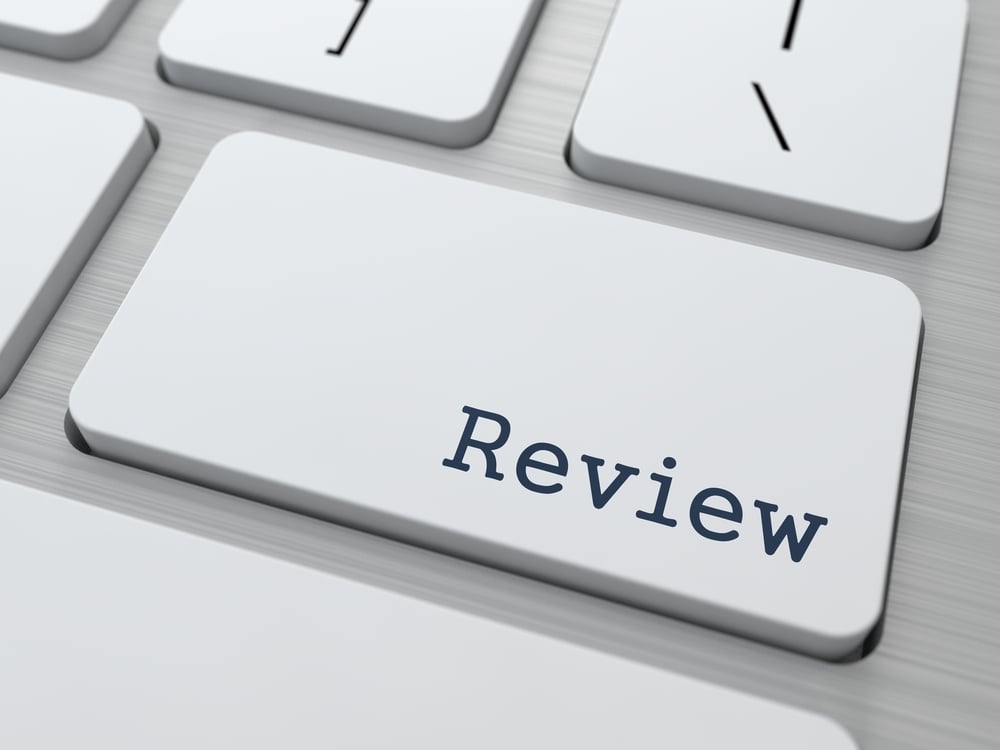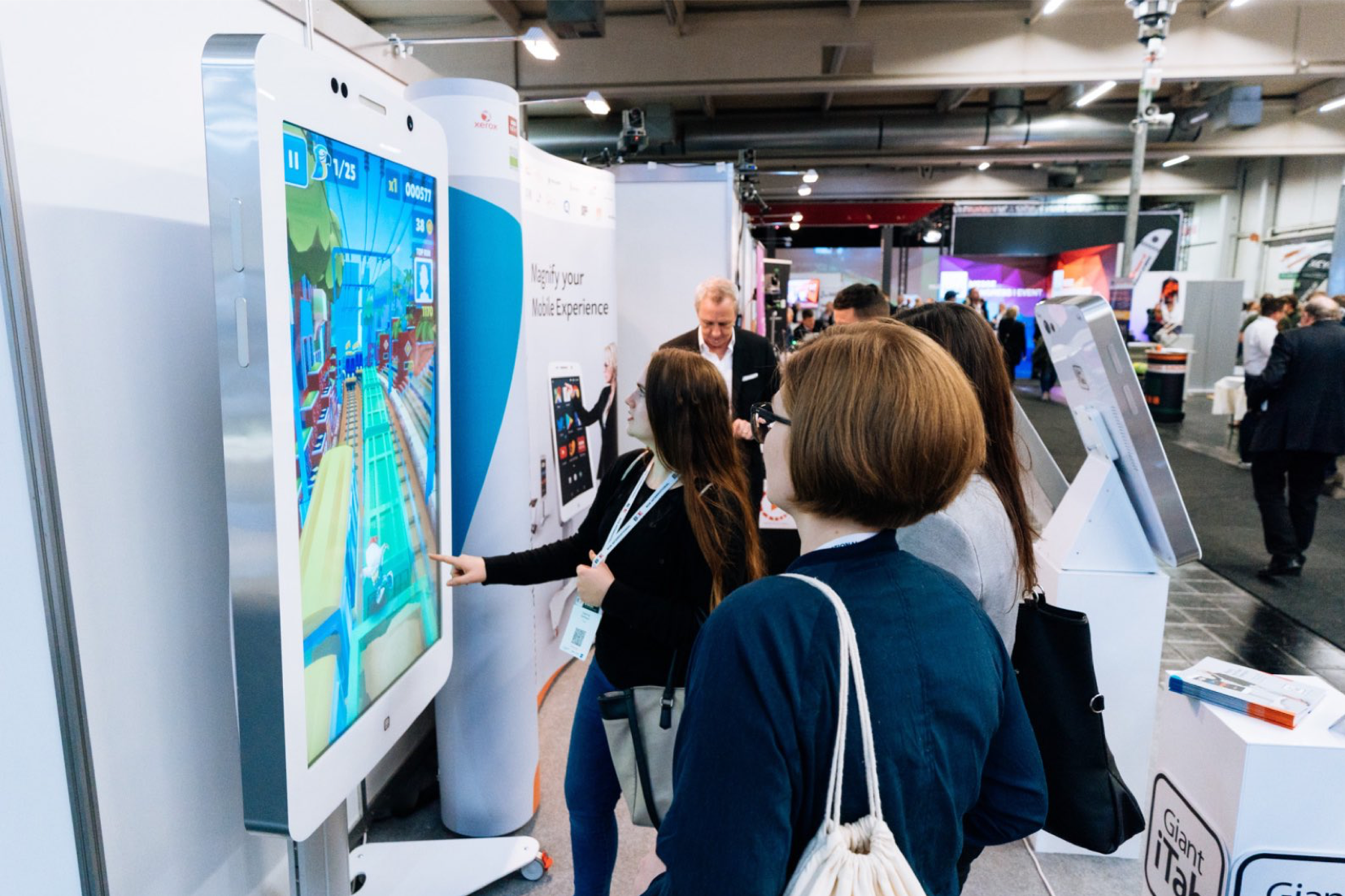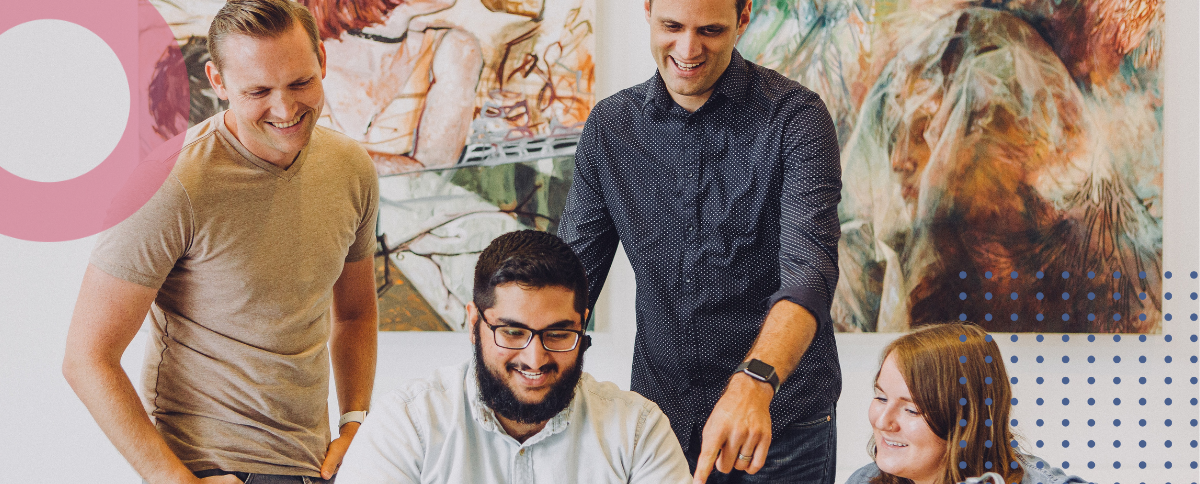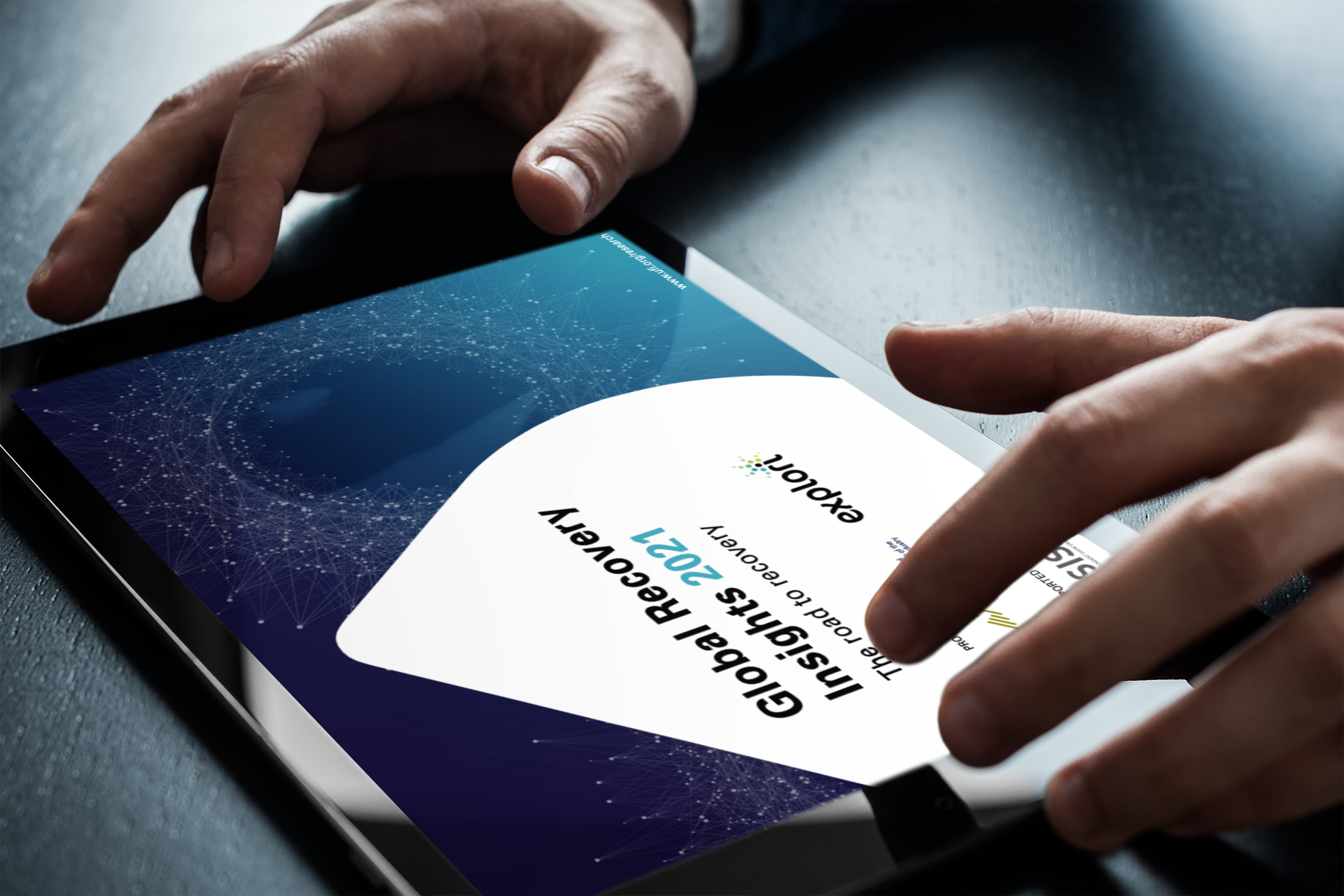
The Value of Customer Service: Black Hat Cybersecurity
Oct 3, 2023
Let's explore the Service in SAAS, using a case study of the Black Hat team, a division of Informa. It's been talked about before, but the real benefit of true SAAS platforms is in its service. Well, service and trust! Since day one, Explori, the events industry survey tool has invested heavily in its customer service team, and by ensuring this, we were able to provide personalized support, seeing an outstanding increase in retention and loyalty among our clients including Richard McCarthy, Senior Marketing Director at Black Hat who has been a customer for over eight years. "The consultative nature of the relationship and, and frankly, just the amount of work that Explori does for us has been fantastic," Richard commented. Richard and his team have been utilizing Explori's survey tools and services since 2014 on the Black Hat Cybersecurity Event series which consists of three international shows based in the US, Europe, and Asia as well as a number of smaller events and conferences. The Black Hat team welcomes thousands of visitors and exhibitors annually and at the start of the relationship with Explori, the Black Hat team, a division of Informa, were "voluntold" they'd be using the survey tool. From Voluntold to Loved — Explori's Journey with Black Hat Skeptical at first, as many users are when new software is introduced, Richard and his team were soon won over by the ease of use and customer support provided by Explori. When asked about the relationship with the customer service team at Explori, Richard said "after eight years, Explori has really proven themselves, and I really, really like working with the team." Richard discovered very quickly that it was more than just the software that they valued in this relationship. From front-end usability, back-end customization, and cross-tab reporting capabilities plus a very consultative approach to understanding and delivering on requirements, it was unlike anything Richard or his team had used before. Before long, Informa started to adopt the platform across its event business using the software and service. But as Richard says, it's the team behind the technology that makes the real difference. Data Security Due to the nature of the events, working in Cybersecurity, the Black Hat team has to take data security very seriously and Explori has not only met their requirements but have gone above and beyond in understanding the specific needs of the industry. So much so that Black Hat will now be sending emails directly from the Explori dashboard to survey its customers. This enables the team to integrate better its data with registration to truly understand their aggregated data from survey responses to know exactly what each of their event personas thought of the event and how they could then improve on those experiences. "What job function said that? Which industry was that subset of data in? It's this level of data and insight that we've simply not had before" commented Richard adding "Explori has proven that we can trust them". Understanding Black Hat's Audiences It can be a real challenge to truly understand attendee, sponsor, or exhibitor intentions and perceptions through using purely traditional data points such as that of registration. Registration is often where questions are asked so that sales, marketing, and operational event teams can fulfil a service; deliver a badge, promote spaces and build relevant show features. Utilizing Explori has meant that the Black Hat team can truly understand different personas at their events and what matters most to them. For example, receiving feedback from an individual could seem like the whole event is against them when up against it onsite, but with validation through surveying, the team can see if it's just that particular individual or if there are multiple people feeling the same way. This helps them to take corrective action, whether that be through better communication on-site or post-event, improvement to event features, or even how they plan and communicate their events or sessions going forward. Explori helps Richard and his team really understand what worked, what didn't, and what they should keep doing because attendees loved it and equally, what they should change because certain areas didn't work so well. INSIGHTS FOR EVENT ORGANIZERS What does success mean for your event, organization or market? Clive Morris, Research Director at Explori, shares his thoughts on measuring event success and how to turn the numbers into valuable action-led insight across your organization. Download Guide Accessing Data-Validated Feedback The validation that the team received on real-time show feedback helped the Black Hat team have better, data-led conversations with their suppliers. At a recent event, they understood onsite that there was a paint point around exhibitor entry to the event on build days, not something that's always easily visible onsite. Through surveying their sponsors and exhibitors they were able to get to the heart of the problems raised, understand that it affected a wider audience, and take corrective action when speaking with their supplier on how to do better next time. The relationship with Explori has helped the team to build better, more transparent relationships with their suppliers. In summary The Black Hat Cybersecurity team has been able to grow its survey program and improve event experiences for attendees with the help of Explori. Their data security requirements have been met and exceeded, and they are now integrating their data with registration (and other vendors) in order to understand attendees’ perceptions and intentions at a much more granular level. The team is also utilizing Explori to validate feedback received onsite in real-time so that they can have more data-led conversations with suppliers and partners, improving experiences overall. Asked about the relationship with the Explori team, Richard commented "Clive is just fantastic. He’s a great partner and has been looking after us for a long time. His role may not be our day-to-day manager, but the fact that he always jumps in to help, is just another great reason we’re working with Explori." Check out how Explori can help increase the value of your customer service. Get started with Explori, let us set you up with benchmarks that provide insights to guide your event measurement and innovation to increase your ROI. Book a demo with our events specialist today.
.png?width=150&height=61&name=explori_logo%20(1).png)













